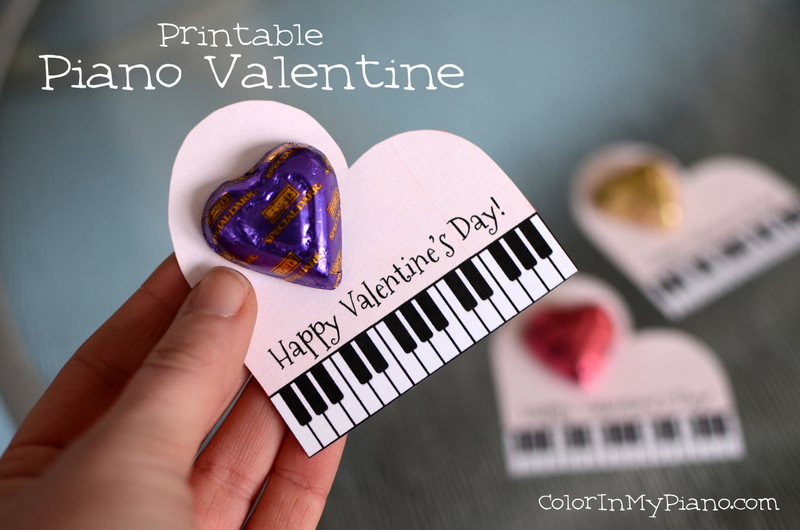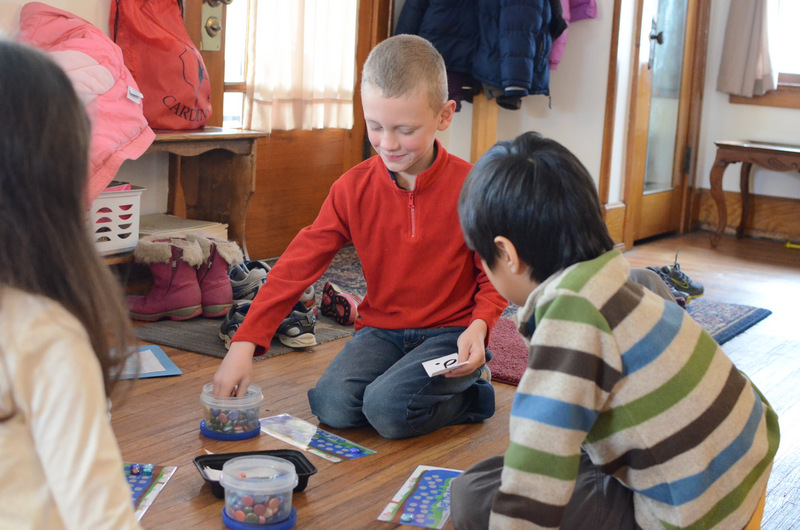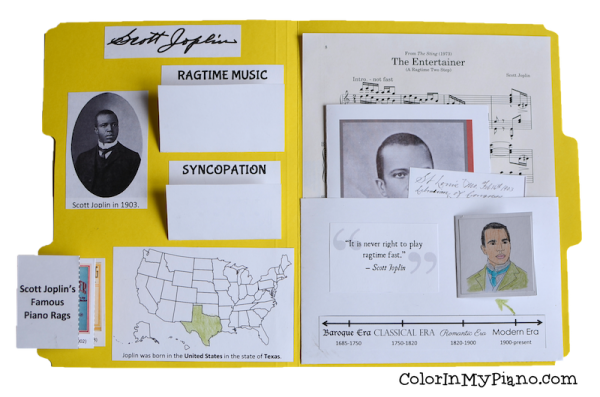 I have been receiving TONS of questions about my homeschool Music History Classes lately, so I decided to write a post that explains more about how I started and currently run the class.
I have been receiving TONS of questions about my homeschool Music History Classes lately, so I decided to write a post that explains more about how I started and currently run the class.
You may recall that my husband and I moved from Michigan to Ohio about a year-and-a-half ago. Starting up a new studio from scratch takes time, and there is a business strategy that says: “Diversify your income.” I had been wanting to reach out to the home-school community for awhile already (Fun fact: did you know I was home-schooled for 5 years of my education growing up?). 🙂 When I saw Sheryl Welles’s idea (see her blog here) about having a Music Appreciation/Music History class for home-schoolers, I decided I wanted to try to start one, too!
After some online research, I discovered that the home-schooling families in my area have a Yahoo group where they chat and stay in touch about upcoming events. I joined the Yahoo group and posted some information about the classes I want to start. I received only one reply, from a family with three children. Those three children were the entire class for quite awhile, and eventually two more joined.
I decided to hold each class for 50 minutes, so that I could have 10 minutes to put everything away afterwards and still have time to start a private lesson at the next hour if I wanted to.
At first, I taught short lessons about a new composer every week, but soon realized that this was not enough time to give the composer justice — and the students were not absorbing the information well enough. When I would review information from previous weeks, they would get the composers mixed up. That is when I decided to format my curriculum into lapbooks. Using the lapbooks, we cover a new composer every three weeks. (My music history curriculum “Great Composers & Their Music” is currently available for purchase in my Shop at $10 per composer.)
We generally spend about 20-25 minutes each class working on the lapbooks while I read the biography and play musical excerpts by the composer. The rest of the class time is spent doing a variety of activities. I plan worksheets or games that cover rhythm, aural, or theory concepts that are appropriate to the students’ current music knowledge. I write weekly lesson plans, so that I can easily look back and plan ahead.
As you already know, I often create my own games and worksheets and share them here on my blog. 🙂 But I do often use materials created by other teachers, too. The two resources I have been using the most recently are pianimation.com and susanparadis.com. If you don’t already know about these two websites, you should definitely check them out now!
If you have other questions about my homeschool music class, please leave a comment below this post!
 Today marks the four-year anniversary of Color In My Piano! HOORAY! It’s been such an exciting year. THANK YOU all for your support and for making this blog such a fun place to share resources and ideas with each other. I can hardly believe Color In My Piano has been online for four years.
Today marks the four-year anniversary of Color In My Piano! HOORAY! It’s been such an exciting year. THANK YOU all for your support and for making this blog such a fun place to share resources and ideas with each other. I can hardly believe Color In My Piano has been online for four years.



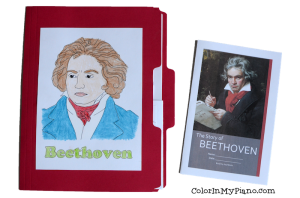 Guess what! Next week, Color In My Piano will be 4 years old. How fun!
Guess what! Next week, Color In My Piano will be 4 years old. How fun!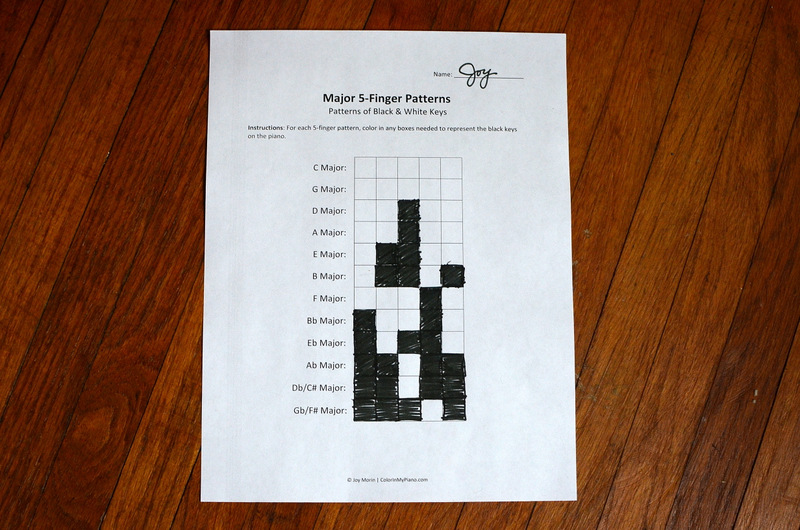
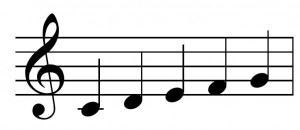 Every teacher approaches technique exercises a little bit differently. I usually start teaching students 5-finger patterns (aka pentascales) during the first month or two of study. I start by assigning the C Major 5-finger pattern (5FP) and sometimes G Major along with it. Every week or every-other-week, I add a new 5FP to their list, following the Circle of 5ths.
Every teacher approaches technique exercises a little bit differently. I usually start teaching students 5-finger patterns (aka pentascales) during the first month or two of study. I start by assigning the C Major 5-finger pattern (5FP) and sometimes G Major along with it. Every week or every-other-week, I add a new 5FP to their list, following the Circle of 5ths.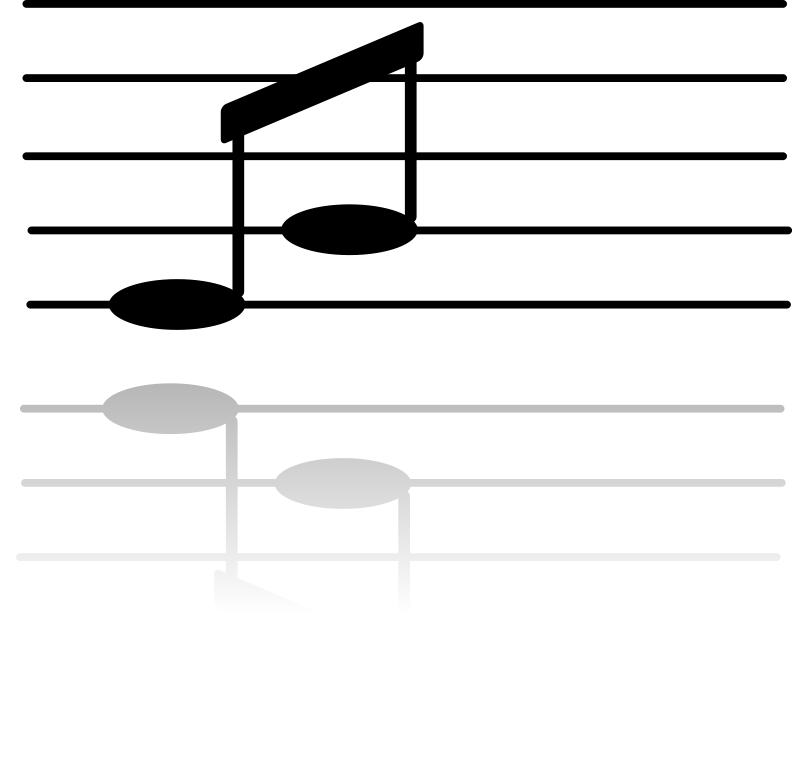
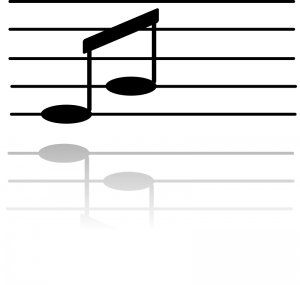 In the comment section of previous post, a reader asked for suggestions with helping a young student connect notes on the staff with their names and their corresponding piano key. I gave a response in the comment section, but thought I would share some of those thoughts with you all as a separate blog post!
In the comment section of previous post, a reader asked for suggestions with helping a young student connect notes on the staff with their names and their corresponding piano key. I gave a response in the comment section, but thought I would share some of those thoughts with you all as a separate blog post!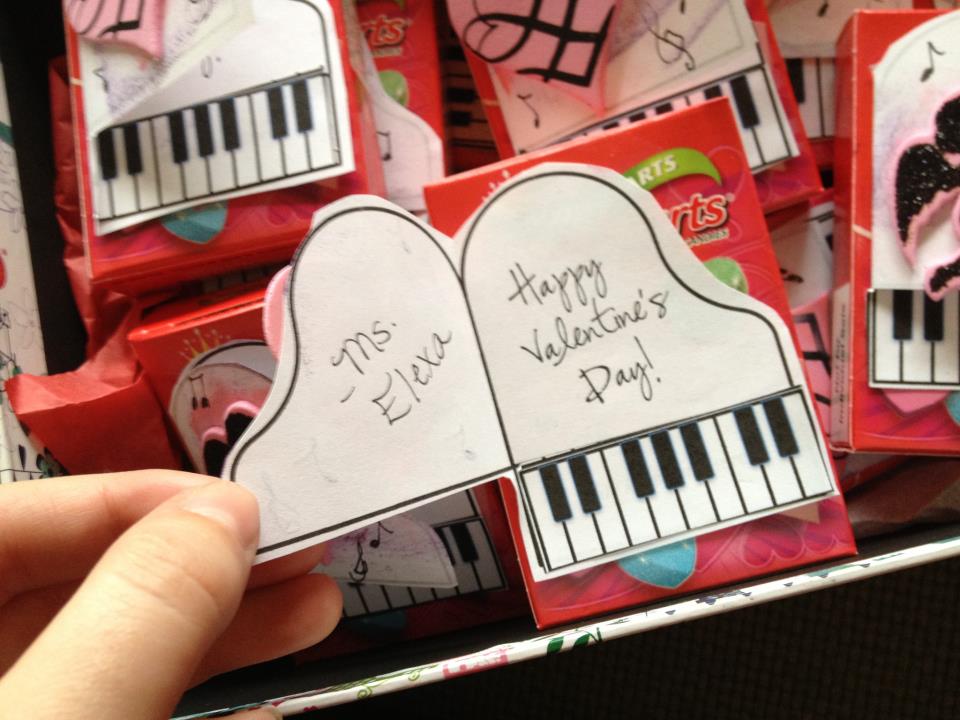

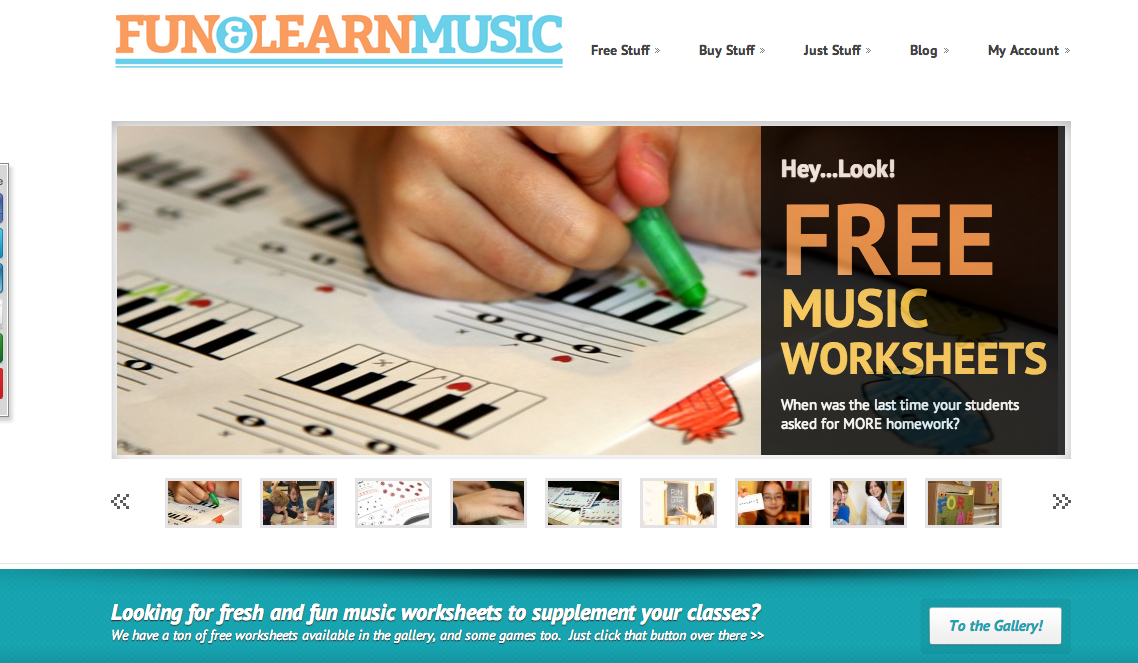
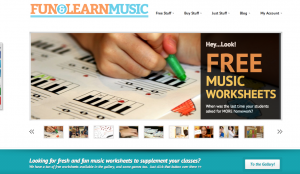 After finding the new
After finding the new  I have been receiving TONS of questions about my homeschool Music History Classes lately, so I decided to write a post that explains more about how I started and currently run the class.
I have been receiving TONS of questions about my homeschool Music History Classes lately, so I decided to write a post that explains more about how I started and currently run the class.